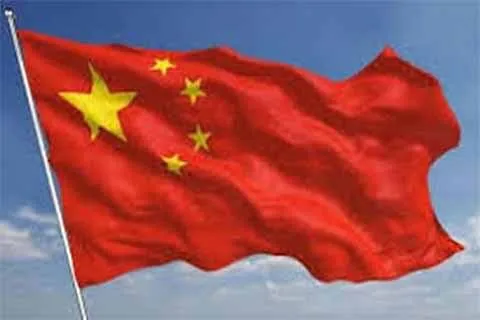The leaders of all ten ASEAN countries took part in therecent summit. This is hardly surprising for China’s shadow looms large overthe entire area. It is moving rapidly ahead to integrate the region with itselfthrough transport corridors and also consolidate investment and trade linkages.Nine European leaders, including the Italian Prime Minister also participatedin the summit. Only recently Italy broke ranks with other G7 countries to jointhe BRI even while emphasising its commitments to the Transatlantic Allianceand NATO. It needs Chinese investments to shore up its infrastructure andeconomy.
Russian President Putin’s presence served to once againconfirm the contemporary Sino-Russian partnership with the former as theprincipal partner. Prime Minister Imran Khan had a privileged position in thesummit for the China-Pakistan Economic Corridor (CPEC) occupies flagship statusin the BRI. Nepal’s President’s presence in Beijing only confirmed theseriousness of its leaders in seeking to reduce its transit dependence on India.
BRI has economic, political and strategic objectives. Chinawishes to become the pivot of the global economy in manufacturing where italready has a major share but also in many areas of frontier technologies. Forthese purposes it wants to integrate countries especially in Asia, Africa andEurope through land and sea connectivity corridors. To develop theinfrastructure for these corridors it is offering vast funds at concessionalrates to many countries with the provisos, in most cases, that the projectswill be undertaken by Chinese companies on a joint basis. The catch is thatthese companies bring their own labour and materials and thus often there islittle benefit to the local economy. In some cases, as in Sri Lanka, thecountry is unable to service its debt and has had to give control of theproject and other sensitive areas to China through leasing arrangements.
China sought to address these valid and growing misgivingsat the recent summit. Even earlier it changed this ambitious project’s name fromOne Belt One Road (OBOR) to BRI to remove the impression that it wasChina-centric. However, the change in name or the numerous references to mutualbenefit and inclusive and equal growth cannot dilute China’s basic desire ofbeing the anchor of the entire BRI process. Indeed, a simple reading of theannexures to the joint communique issued on April 27 after the leaders meetingestablishes China’s centrality.
All BRI infrastructure and corridors are linked to China.Thus, the old name-OBOR-continues to be a more accurate description of China’spurpose. This applies to the land linkages westwards through Central Asia toWest Asia and Europe, northwards to Russia and beyond, and to South-East andSouth Asia. The sea corridors go to the Indian Ocean and thence to theMediterranean.
BRI’s strategic aim is to develop a large group of countriesthat will form China’s constituency. They will look at their interests beinginextricably tied up with China and with that relationships of dependencies toChina will grow. In the modern era global powers need to be leaders of alliancesystems in fact if not in name. This is true of NATO and the TransatlanticAlliance led by the US today as it was with the Warsaw pact under Sovietleadership during the Cold War. The Chinese are attempting to build their ownalliance system and the BRI is its instrument. On this there can be littledoubt.
India cannot be faulted for not wanting to be part of BRI.It has advanced cogent criticisms against the BRI. It has overlooked sovereigntyissues and its financing structures have led countries into debt traps withadverse economic consequences and adverse implications for their sovereignty.These concerns are shared by many countries including the United States and inEurope.
The question is if notwithstanding these concerns Indiashould take part in BRI meetings through participating at lower levels. SomeIndian analysts advocate such an approach. The question is: How would suchparticipation further Indian interests? For an answer a reference to India’sChina policy is needed.
Since Prime Minister Rajiv Gandhi’s time India has pursued apolicy of attempting to keep differences and cooperation in separatecompartments as far as possible. Thus, bilaterally India and China have developeda vibrant trade relationship even while differences on the border remain. Thishas been the correct approach.
On regional and global issues, the same compartmentalisedapproach has to be undertaken. On matters such as climate change there is aneed for cooperation but China’s power play in South Asia through the CPEC iscontrary to Indian interests. Also, in its quest for global leadership Indiahardly figures in its calculus. Hence, India needs to maintain its position onBRI. This approach is entirely logical.






